On most days, you will find India-born Jayaprakash Joghee Bojan at Pasir Ris Park in eastern Singapore, camera in hand, lying in wait to capture the next National Geographic moment.
It will not be his first.
In 2017, Mr Bojan won the grand prize in a photo competition held by National Geographic, earning him the prestigious title of National Geographic Nature Photographer of the Year. The prized photo? A snapshot of an orangutan crossing a river in Tanjung Puting National Park in Central Kalimantan, Indonesia.
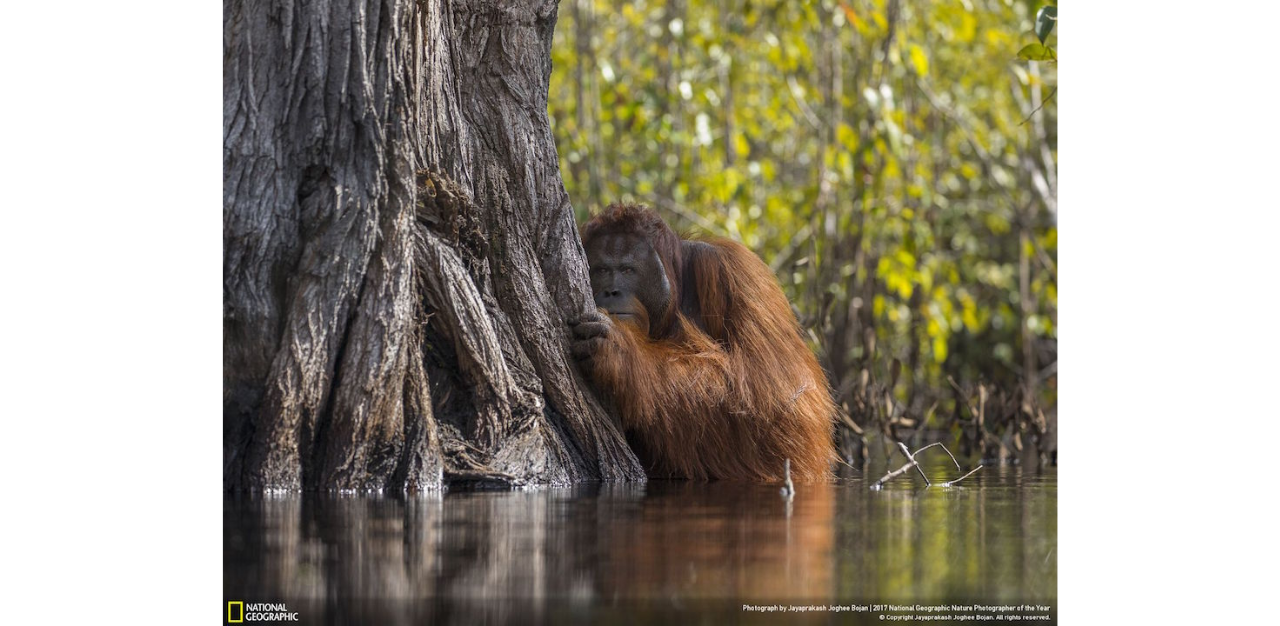
Much of Mr Bojan’s time pre-Covid was spent chasing stunning shots like these. He travelled regularly around Southeast Asia, pursuing primates. When the pandemic struck, however, the photographer was grounded in metropolitan Singapore, which he made home about six years ago, a far cry from the rainforests he used to traverse.
Still, the pandemic was not about to deter the nature lover from doing what he loves most. A fateful encounter with artist Dan Ng led the pair to embark on an ambitious project – the creation of a documentary series on Singapore’s wildlife.
The duo became permanent fixtures at Pasir Ris Park when filming their first project, an 11-minute film titled Residents of the Park, showcasing the abundance of wildlife in their neighbourhood. The film was met with resounding success, with Mr Bojan reporting over 90,000 views to-date across his social media platforms.
Residents were astounded by the cinematic quality of the film, and even more astonished that it was shot in Singapore.
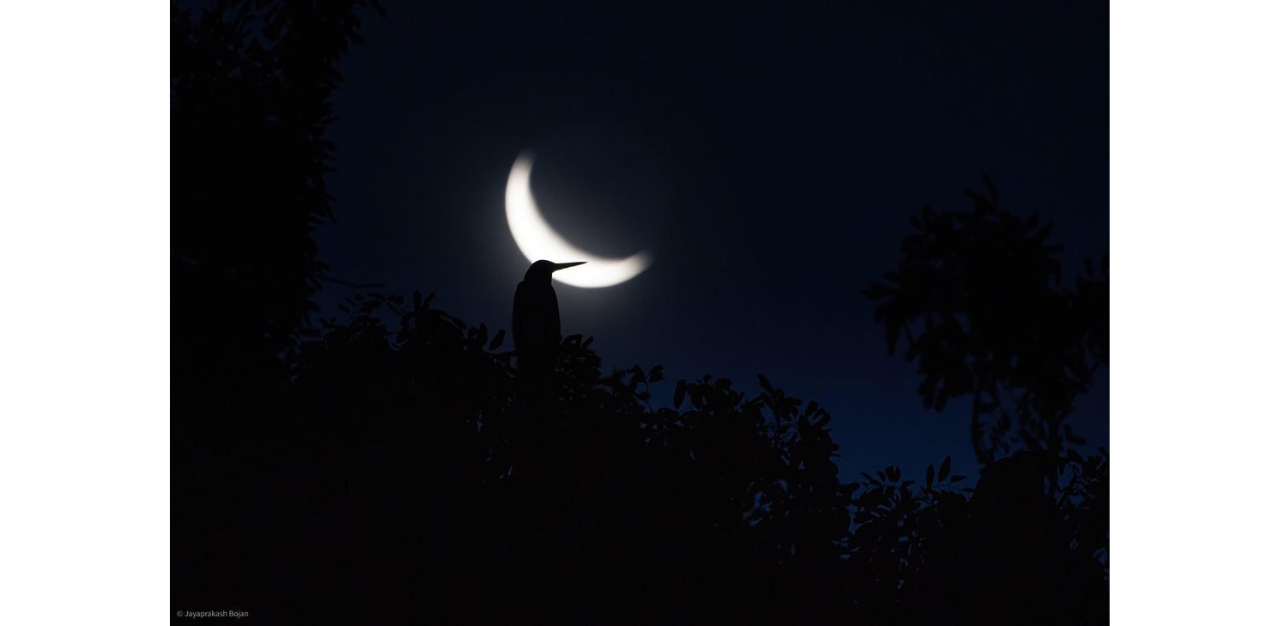
Encouraged by the support, they went on to film a second iteration, entitled A City in Nature, Singapore, which was met with equal fanfare. Now, Messrs Bojan and Ng are already hard at work filming the third installation in the series.
TheHomeGround Asia catches up with Mr Bojan on one of his jaunts to Pasir Ris Park. He graciously shows us around his favourite haunts, shares about his photography and filming ethos, as well as how he started his journey as a full-time photographer.
NOTE: This interview has been edited for clarity and length.
Jayaprakash Joghee Bojan: It wasn’t an overnight decision.
Photography is something that I always enjoyed doing. I’ve been doing this professionally for seven years, but I was a hobbyist photographer for much longer.
I grew up in a place in India surrounded by an abundance of wildlife. From a young age, I had the opportunity to see tigers in the wild, leopards, huge herds of migrating elephants, all kinds of stuff. I used to spend a lot of my vacations with my grandfather, who owns a farm in a village surrounded by forests. It [going into photography] was a natural progression for me, I was just looking for the right opportunity to make that move.
Eventually, I decided it was time for me to let go and do what I want to do. Thankfully, my wife was super supportive. She enjoys and she likes what I do, so that made my decision a lot easier. I said, ‘Okay, I’ll take two to three years off and see how things go and if not, just go back to the corporate world.
The first year was a little shaky. I started getting second thoughts. You’re used to a well-paid job, stable income, and all of a sudden you’re doing something different. But you learn different lessons, and if you’re crazy about what you like to do, things will happen.
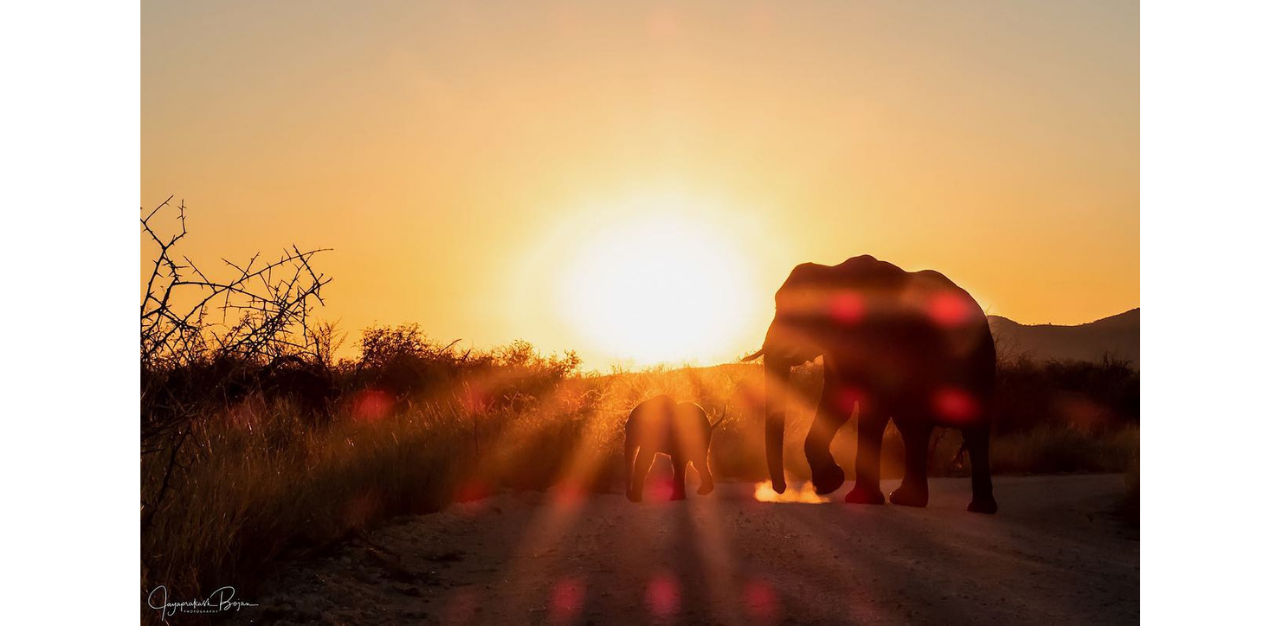
That’s how it started, and things started happening, I started winning awards, and that put my career on the fast track. I started doing a few projects with National Geographic Asia, and I did quite a few projects in Singapore with the [Ministry of Environment and Water Resources] (now known as the Ministry of Sustainability and Environment) on issues of recycling and plastic.
I also started teaching part-time photography lessons here in Singapore. Whenever I was not travelling and was free, I would do these guest lectures. I was doing a mix of many things, not just wildlife.
TheHomeGround Asia: What was it like moving to Singapore from India, where you grew up surrounded by nature?
JP: I was a little hesitant because I had just started making this my career. I had this impression, same as everybody else, that ‘Oh, there’s not much wildlife there.’ But honestly, I love Singapore now because people are nice, we have family and friends here, and it’s a nice hub for me to work out of. Most of my work is around Southeast Asia so travel is easy, everything is close by.
Singapore has been super nice to me. The Straits Times was the first paper to publish when I won the award. I’ve had so many interviews, people are calling me, schools are inviting me for talks, all kinds of stuff.
Considering I was so new to Singapore, I wasn’t expecting that kind of response from the country towards me, so I was overwhelmed. I’m super thankful for the recognition and things that it has given me. I’m very grateful.
Also, Singapore spoils you. So after a while, you don’t feel like leaving.
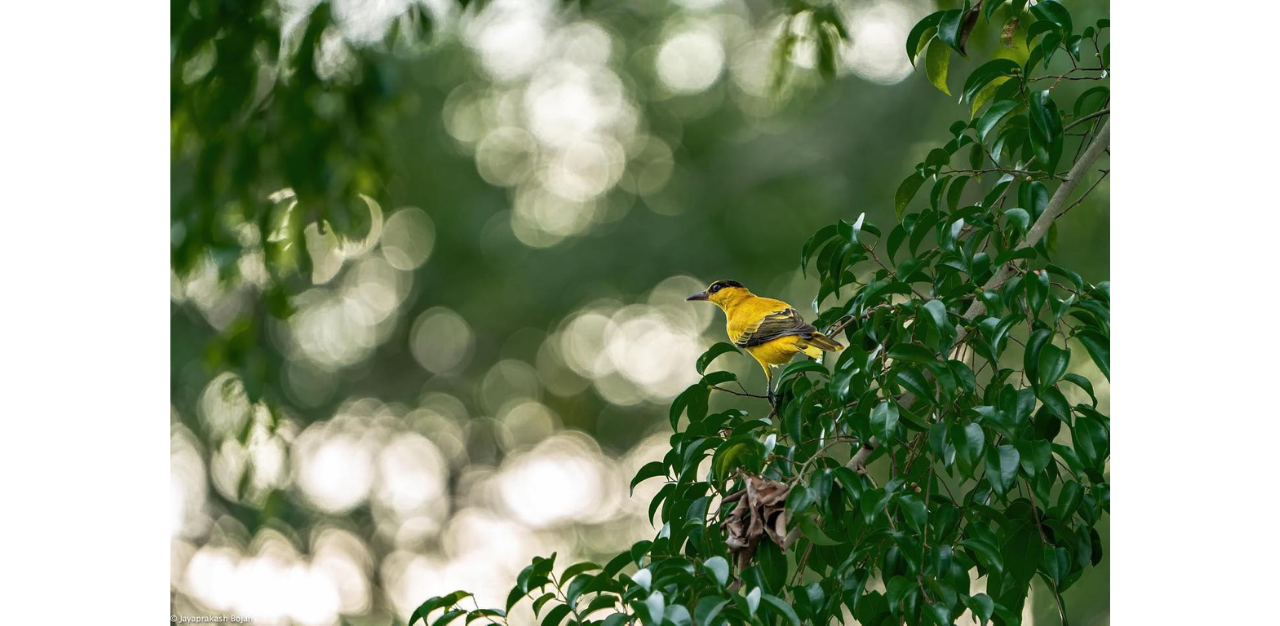
Some things are really cool about Singapore. It’s one of the few places in the world that you’re in such close proximity to wildlife. Where else in the world can you see hornbills sitting on your windows? Or otters running around you? Or orioles waking you up every morning?
THG: Tell me more about the first video, Residents of the Park. What inspired you to embark on the project?
JP: My goal was to showcase the amazing biodiversity we have here in our parks and in Singapore. Initially, when we started the Pasir Ris project, the target audience was mostly just friends and the community we have here. We weren’t expecting it to go as well as it did. Between my social media pages and YouTube, I think the first video got close to 90,000 hits.
People were sharing it, so that was motivation for us to do another video.
Usually when you’re talking about Singapore, especially when you’re talking to friends overseas, it’s always, ‘Oh, I know you guys have some otters in the country’, because there’s so much focus on the otters. Don’t get me wrong, I love otters. They’re like my first love because I spent my first two to three years in Singapore just chasing otters all the time.
But having spent a lot of time here, I realised there’s so much more. Eagles, all kinds of bird.
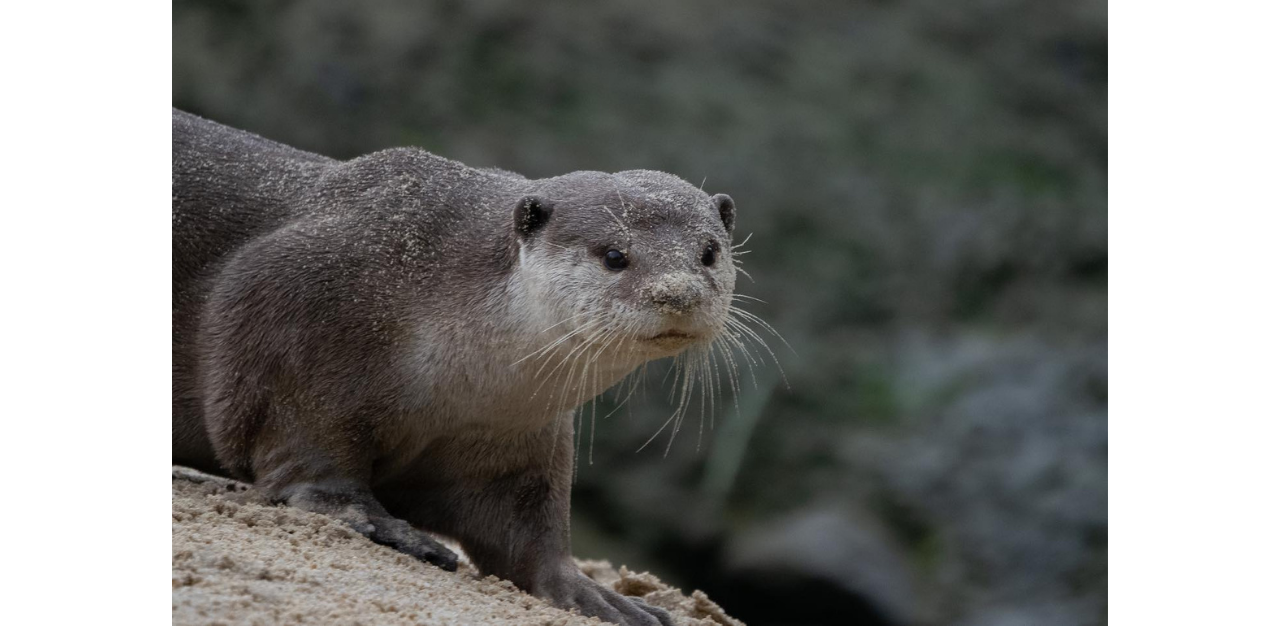
That’s why in the second video if you noticed, we specifically wanted to do a section where we call it the enchanted forest. It’s almost like trying to take people on a journey in Singapore’s enchanted forest. So that’s something we filmed across the island.
THG: What was the process of filming Residents of the Park like?
JP: The first video is kind of interesting because there were a lot of people in the community, especially in the park, who have played directly or indirectly a part in the direction of the video.
It’s been an amazing experience for me, because I’ve always been kind of a loner when filming or doing my work. It’s easier when you’re alone because you’re not disturbing the birds. So this is a different experience for me.
When we started filming at the park, a lot of people noticed because we were pretty much living here. People started asking us what we were doing, we showed them, and the community just grew.
We now have WhatsApp groups, people who message us, and tell us, “The otters are there, or the eagles are on the other side!”
We can’t be everywhere all the time to see what’s happening, so information was key for what we were doing.
THG: Has there been anything surprising that you’ve discovered during the course of filming these videos and exploring Singapore?
JP: Yes, to an extent. Usually when you’re talking about wildlife or birdlife here in Singapore, people will always ask me if they will be able to see all these wildlife if they come to the park. But there’s no guarantee when it comes to wildlife, right? Sometimes, if you really want to see wildlife, you need more time.
You need to spend time and proactively look around for these birds and creatures that we have over here. You can’t just come as a visitor or as a tourist for a few hours one day and say we don’t have anything. Most commonly, people are like ‘Oh, we went to the park yesterday but we couldn’t see anything.’ But it doesn’t work that way.
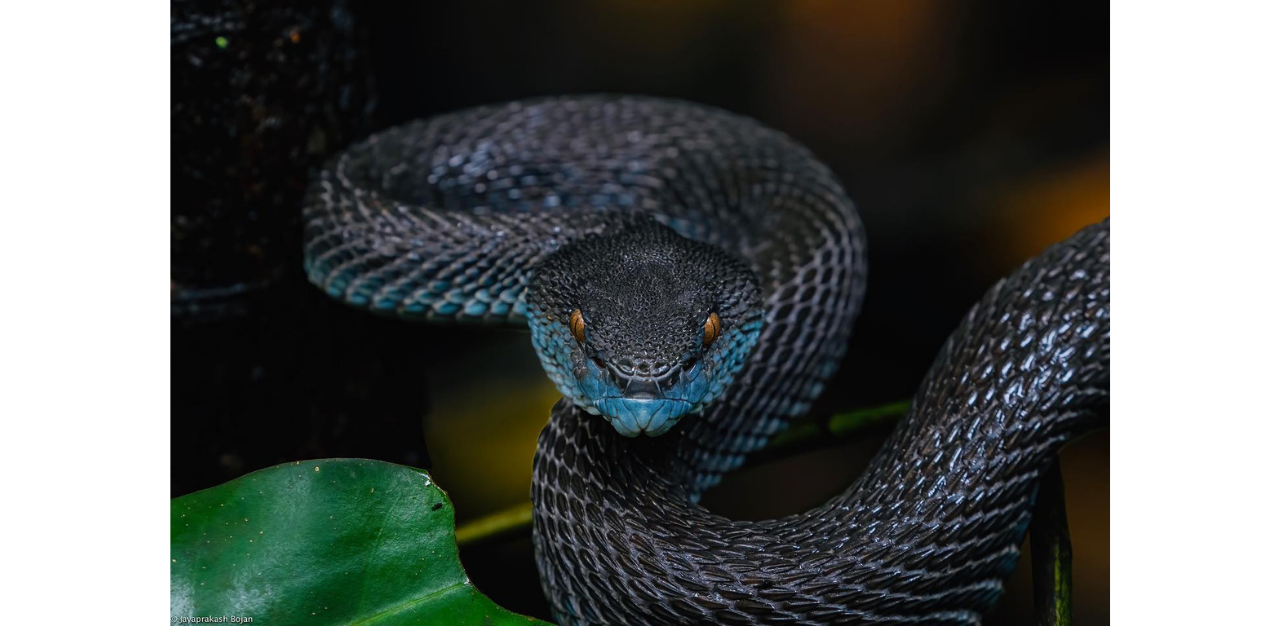
In the second video where we filmed islandwide, we were filming for six months in total. But technically, it took us only about two and a half months of filming [to get all the clips we needed].
The reason I say that is because we pretty much touched on all the key species in our second video. So that means, I was not only able to see them, but also film them in under two months. I can understand if it took us a year to put something like this together, then maybe you can say some of these species are really hard to find, [but that was not the case].
That is a testimony to the abundance of wildlife we have here.
THG: How did you know where to go to find these animals?
JP: Oh, I just went around. I visited a lot of these parks in the past so I had a fair idea of where to find what. Also, I’ve been doing this for long enough. I wouldn’t say I’m an expert, but I’ve a reasonably good understanding of the kind of trees where I can find some species, the kind of habitat where I can find others, so that makes it a little easier.
With wildlife filming, there are no actors, there are no retakes. You only get one opportunity, so you want to be prepared.
Almost 100 per cent of the filming for these videos was done from boardwalks, edges of roads, fringes of the park. Because it was a passion project, we didn’t obtain permission from NParks [the National Parks Board] to have special access. We didn’t want to do that. We just wanted it to be more of a common man’s perspective.
Everything [we filmed was in places] where joggers or walkers can just walk by.
THG: How has filming this series and being grounded in Singapore changed your perspective of this island?
JP: Covid was a good opportunity for me to look inwards into Singapore. Even though it has been my home for the past six years, I haven’t spent too much time doing anything locally.
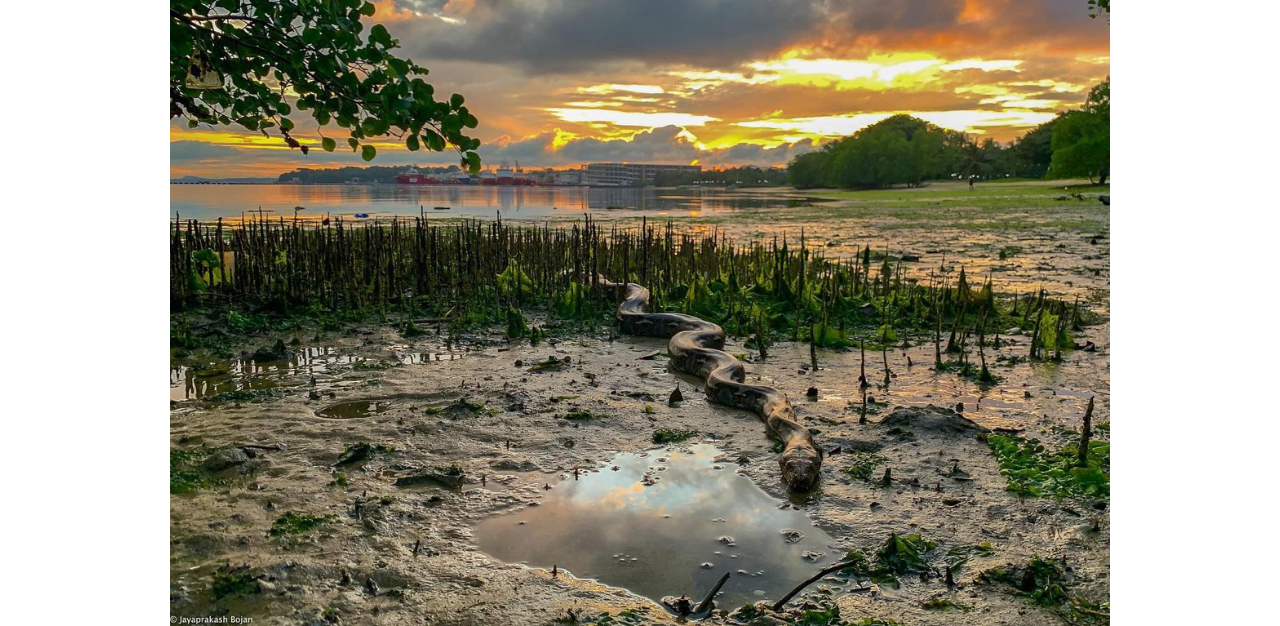
I think it was a blessing in disguise to have the option to explore more. Over the last six months, I realised that there’s so much more nature and wildlife over here even though we’re a small tiny island.
THG: It seems your videos have helped many Singaporeans realise the wealth of biodiversity present here as well.
JP: I hope so. That was the intention: I wanted people to look at the video and say ‘Wow, this is not Singapore’. A lot of people have said that, so that was a good reaction for me, because the message I wanted to spread was, “This is Singapore, you just need to open your eyes and look around you.”
We spent a lot of time trying to make the shots more cinematic and pretty much filmed everything in the golden hour or blue hour, whatever you want to call it. Late in the evenings, early in the mornings, just during the sunrise, and stuff like that.
It was important for me to impress people to show them what cool stuff we have here.
THG: Can you share more about your thought process when out shooting? Is there a method to the madness?
JP: I’m always looking to do some creative photography.
I use aperture-priority mode pretty much 100 per cent of the time, only very rarely do I use manual mode. It’s a myth that professional photographers shoot in manual mode all the time.
I don’t see a point in spending $15,000 on [a camera] if I have to do everything. These days, the cameras do a better job than us in terms of setting exposure and things like that.
I use aperture-priority mode because I like to control the depth of field and the type of bokeh I want in my pictures. I like shooting more environmental shots. I like to include all of that into my pictures. It’s fun to do interesting compositions.
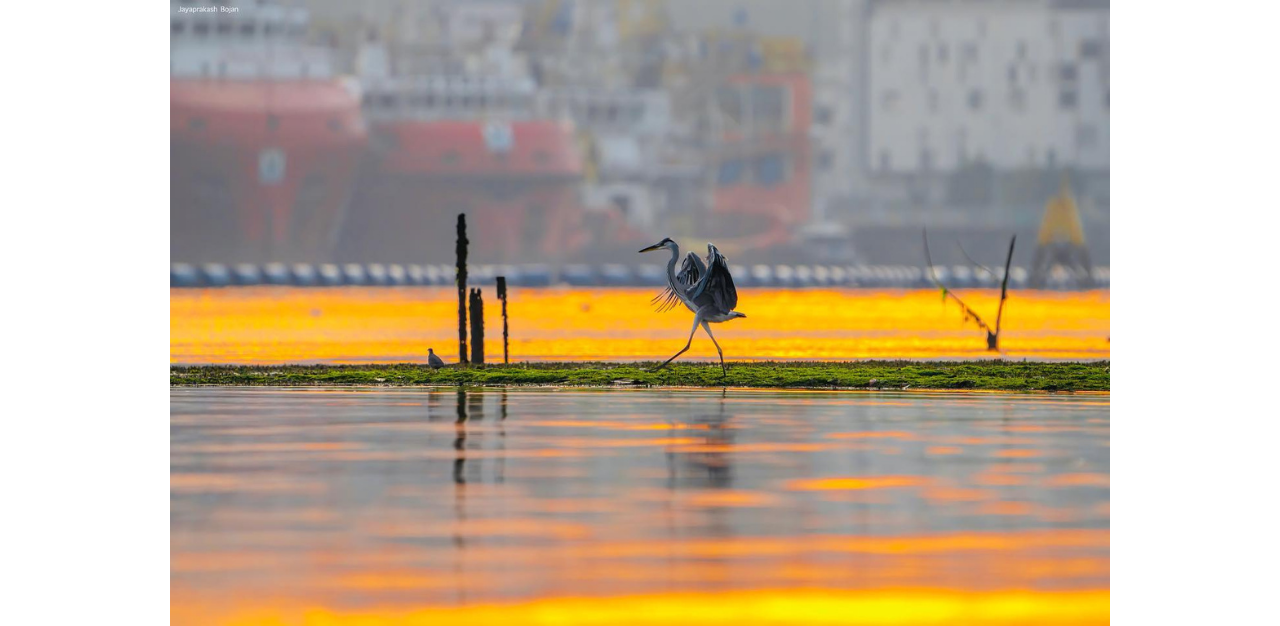
When I shoot birds, even if the bird is only 20 to 30 per cent of my frame, it’s good enough. The rest is all trees, the sky, and all of that stuff. That way, you’ll get more unique pictures.
When I’m going overseas, even if I’m just going for a trip with a group of friends, I do my research on what has already been done in that location, or with that specific species. That gives me some kind of baseline to decide what I should be doing when I go there, so I can try something new.
THG: You’re here at Pasir Ris Park nearly every day, and many members of the community recognise you as a professional photographer. Do you often get people coming up to you to ask for advice?
JP: All the time. But it’s nice, because in a way, I’m just trying to help people be a little more creative in what they’re trying to do. What’s beautiful about nature is the colourful leaves, the sun, the moon. It’s nice when you embrace all these things into your picture.
I try to influence all the people that I come into contact with, or the people who reach out to me to try something different and new.
THG: Any advice for aspiring wildlife photographers and videographers out there?
JP: The more knowledge you gain, the more time you spend observing these species, it becomes a lot easier to photograph or film.
Observation is key. I always tell [newcomers] not to be in a hurry to pick up the camera and start shooting. Spend more time just watching them, because that will make you a better photographer when you start photographing. For instance, just from the body language, you can tell when a bird is going to take off.
THG: You’ve been doing this for seven years now, are there any species that you enjoy shooting more than others?
JP: My primary focus the last few years has been all kinds of primates across Southeast Asia. I’ve been travelling a lot across Vietnam, Malaysia, Indonesia, and more, because some of the most highly endangered primates are in this region.
Unfortunately, because of loss of habitat, destruction of rainforests for palm oil and things like that, a lot of these species are slowly disappearing.
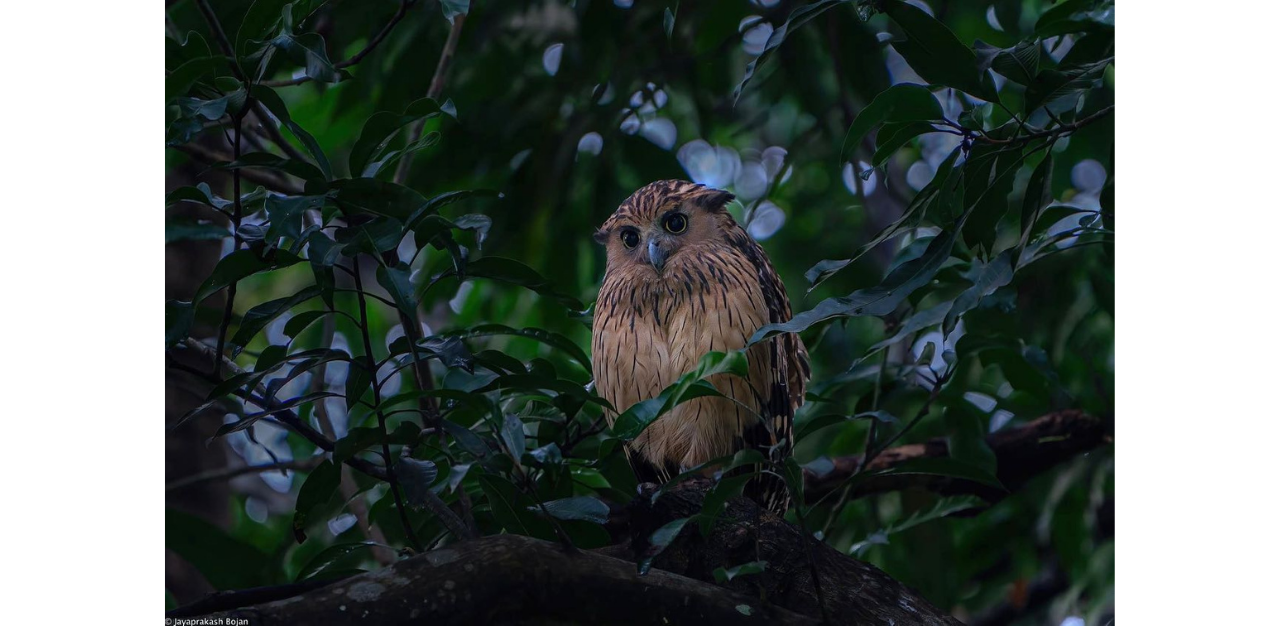
In Singapore, we have a lot more birds than mammals so I love owls. They’re one of my favourite species. I like all kinds of owls. We have a reasonably good population of owls across Singapore such as the buffy fish owl and spotted wood owl. .
If I’m forced to pick one or two species [in Singapore], I will say owls and otters. But otherwise, I love anything that moves.
THG: What’s the favourite part of your job?
JP: I’m a nature enthusiast, I love the outdoors. The interesting thing is a lot of people think when we’re out there, we’re filming a lot. But if I spend a hundred hours outdoors, the actual time of filming is probably an hour.
The rest of the time is spent trying to find the species. Sometimes, it’s just waiting and waiting and waiting for birds or animals to show up. I enjoy the process.
THG: You’ve already released two videos to much success. What are you planning for next?
JP: Currently, we’re working on a brand new video that we’ve started filming over the last few weeks. It’s going to be micro- and macro-habitat focused.
The concept in my mind is that if I were to shrink you down to the size of a mudskipper and put you next to a mudskipper in its habitat, what will your view look like? I’m trying to recreate that on a video, to show the mudskipper in its habitat, and not just the mudskipper on its own.
We’ll try and see if we can come back with a video about three months from now. I’m looking forward to it.
Join the conversations on THG’s Facebook and Instagram, and get the latest updates via Telegram.












